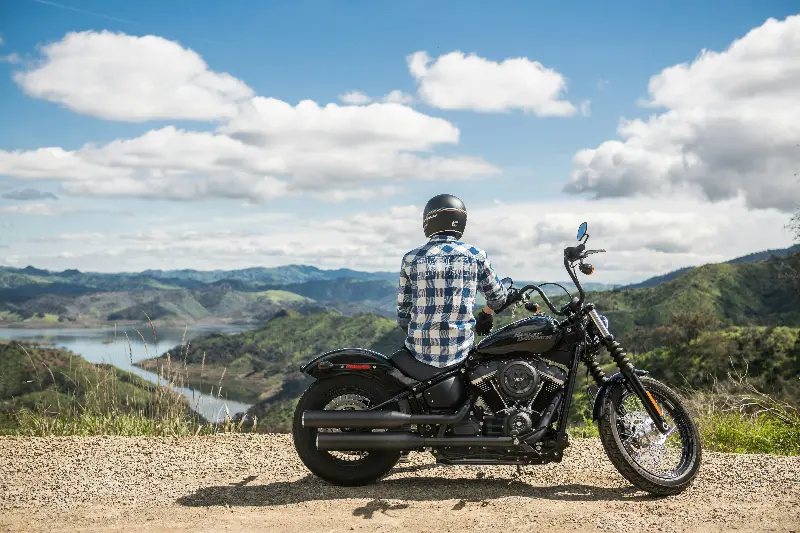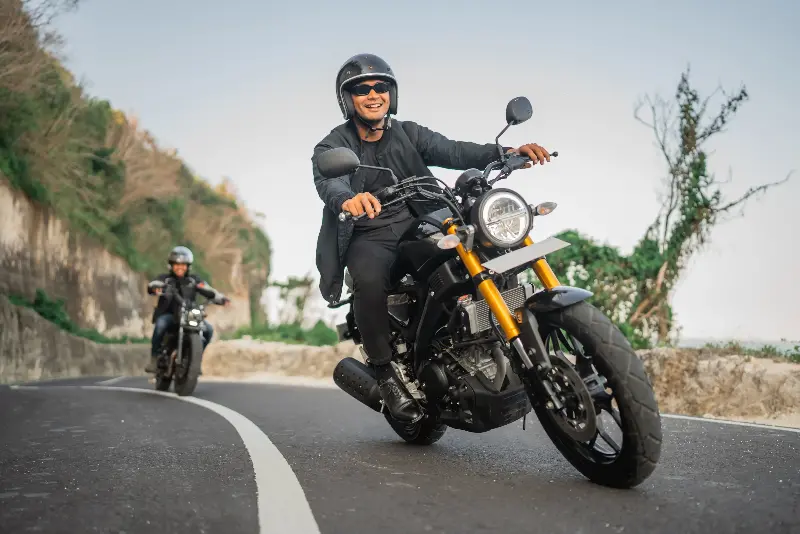Motorbikes offer a unique sense of freedom on the open road, but they also come with a responsibility to ride safely and smartly. Whether you’re new to two wheels or a seasoned rider, understanding key safety measures can make all the difference between an exhilarating ride and a regrettable accident. Let’s explore the vital tips every motorbike rider should keep in mind to ensure each journey is both safe and enjoyable.

Gear Up for Safety
The simplest yet most effective way to protect yourself is by wearing proper gear. Helmets are undeniably lifesavers, reducing the risk of head injuries by up to 69%. When choosing a helmet, look for ones that meet safety standards such as DOT, ECE, or Snell. A snug, full-face helmet not only shields your head but also offers protection from debris and harsh weather.
Beyond helmets, invest in a durable riding jacket and pants made from abrasion-resistant materials. Many high-quality options now offer lightweight comfort with the bonus of built-in armor at key impact points. Don’t forget sturdy gloves to protect your hands and boots that cover your ankles—both are essential for minimizing injury during slips or falls. And if you frequently ride at night, consider reflective or brightly colored gear to increase visibility to other road users.

Stay Visible on the Road
One of the leading causes of motorcycle accidents is that other drivers simply don’t see the rider. Motorbikes are smaller than cars, making them harder to spot, especially in blind spots. Make yourself impossible to miss by always riding with your headlights on—even during daylight hours. Position your bike where you can be seen, avoid lingering in other vehicles’ blind spots, and use your horn or flash your lights if you suspect you’re unseen.
Swapping dark, conventional clothing for brightly colored or reflective gear can boost your visibility significantly. Recent studies show that riders wearing fluorescent colors are 37% less likely to be involved in a collision. It’s a simple switch that could save your life.

Practice Defensive Riding
Expecting the unexpected is the cornerstone of defensive riding. Assume that others may not be paying attention, and always anticipate potential hazards. Scan the road ahead and to the sides, continuously checking mirrors for situational awareness. Keep an eye out for sudden lane changes, opening car doors, potholes, and wildlife darting into the street.
Maintain a safe following distance—ideally at least two to four seconds behind the vehicle in front. This cushion gives you ample time to react to sudden stops or obstacles. Remember, your braking distance on a bike is typically longer than in a car, especially if the road is wet or gravelly.

Master the Art of Cornering and Braking
Cornering is often cited as one of the most exhilarating aspects of riding, but it also comes with risks. Many accidents occur when riders misjudge a turn or corner too quickly. Slow down before entering the curve and look through to where you want to go, keeping both hands and feet ready for action. Lean with your bike, and avoid sudden changes in direction or speed.
Braking is another critical skill. Use both front and rear brakes together for the most effective stopping—about 70% of your stopping power comes from the front brake. Practice emergency stops in a controlled environment to get a feel for your bike's responsiveness and ensure your reaction times are sharp.

Regular Bike Maintenance Is a Must
Your safety also depends on the health of your motorbike. Regular checks can prevent mechanical failures at critical moments. Before each ride, inspect your tires for adequate tread and proper inflation—poor tires can dramatically decrease your control and stopping power. Check brakes, lights, and signals to ensure they’re working flawlessly.
Don’t overlook the chain (or belt) and fluid levels, from engine oil to coolant. Loose chains or low fluids can spell disaster if left unaddressed, and even the smallest leaks can escalate quickly. If you notice something odd, get it checked by a professional before hitting the road.
Ride Sober and Stay Focused
Riding under the influence remains one of the most significant contributors to motorcycle accidents. Even small amounts of alcohol or drugs can impair reaction time, coordination, and judgment. If you’re not at your best, it’s better to leave the bike parked.
Fatigue and distractions are just as dangerous. Ensure you’re well-rested before a ride and keep your phone out of reach. Riding requires your full attention—one moment of distraction can change everything.
Weather Awareness: Adapt or Delay
Weather conditions can turn a routine ride into a challenge. Wet roads reduce traction, making it harder to brake and maneuver. If caught in rain, ride slower than usual, avoid sudden moves, and steer clear of painted lines or metal surfaces that become slick. On hot days, stay hydrated and take breaks to avoid heat exhaustion or dehydration, which can dull your senses and slow your reactions.
If conditions look especially severe, it’s wise to delay your trip. No destination is worth risking your safety in dangerous weather.
At the end of the day, riding a motorbike is about blending skill, awareness, and respect for the road. By gearing up properly, staying visible, practicing defensive techniques, keeping your bike in top shape, and making smart decisions, you can ensure that every ride ends as safely as it begins. The freedom of motorbiking is best experienced with confidence—and confidence is built on a foundation of smart safety choices.
